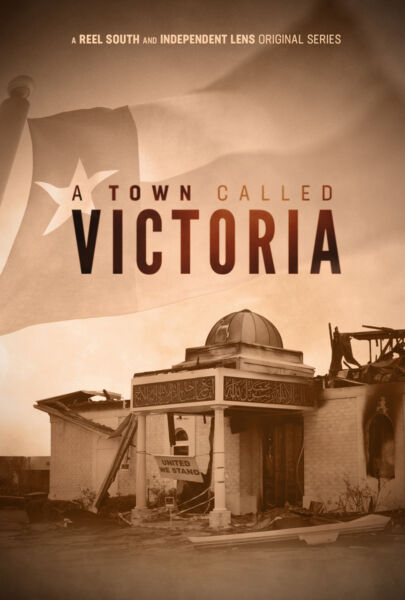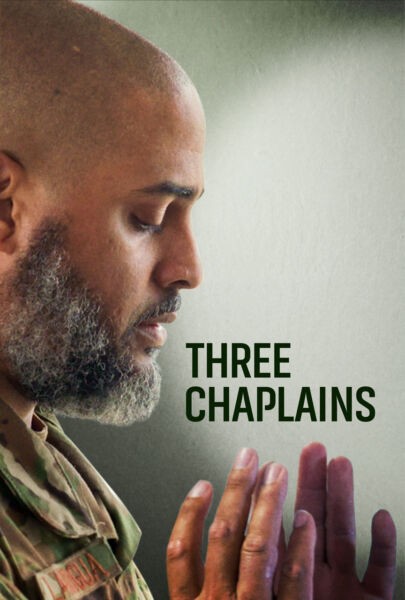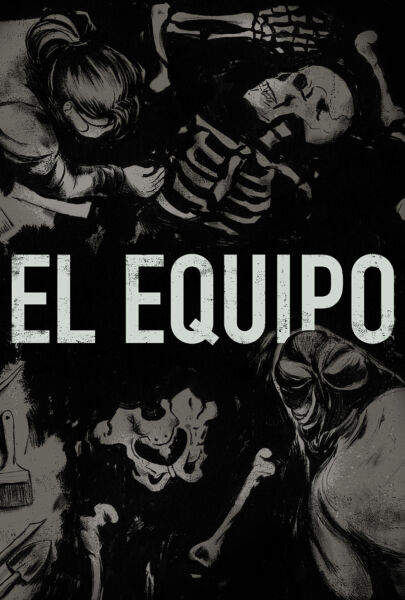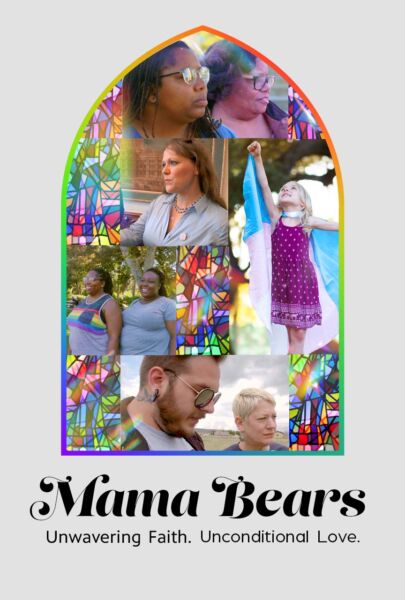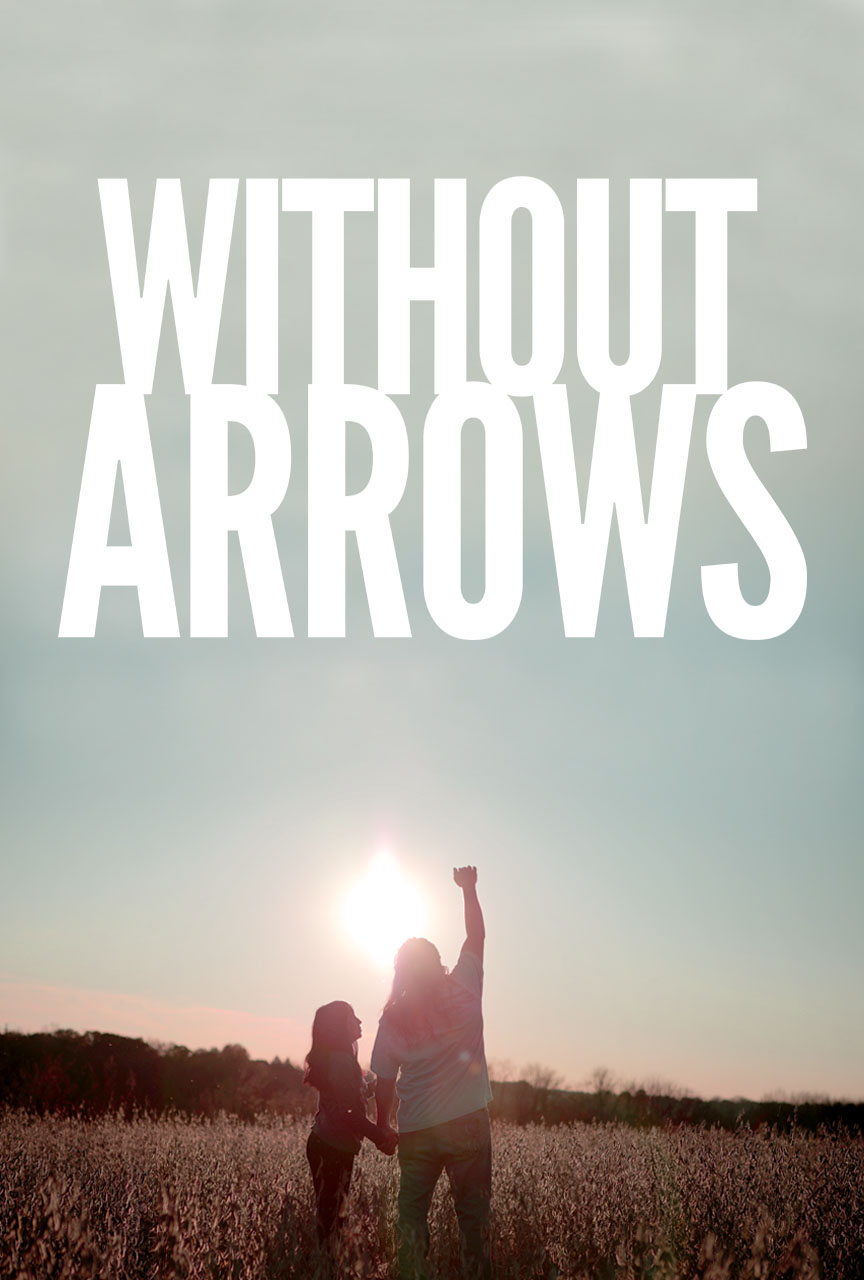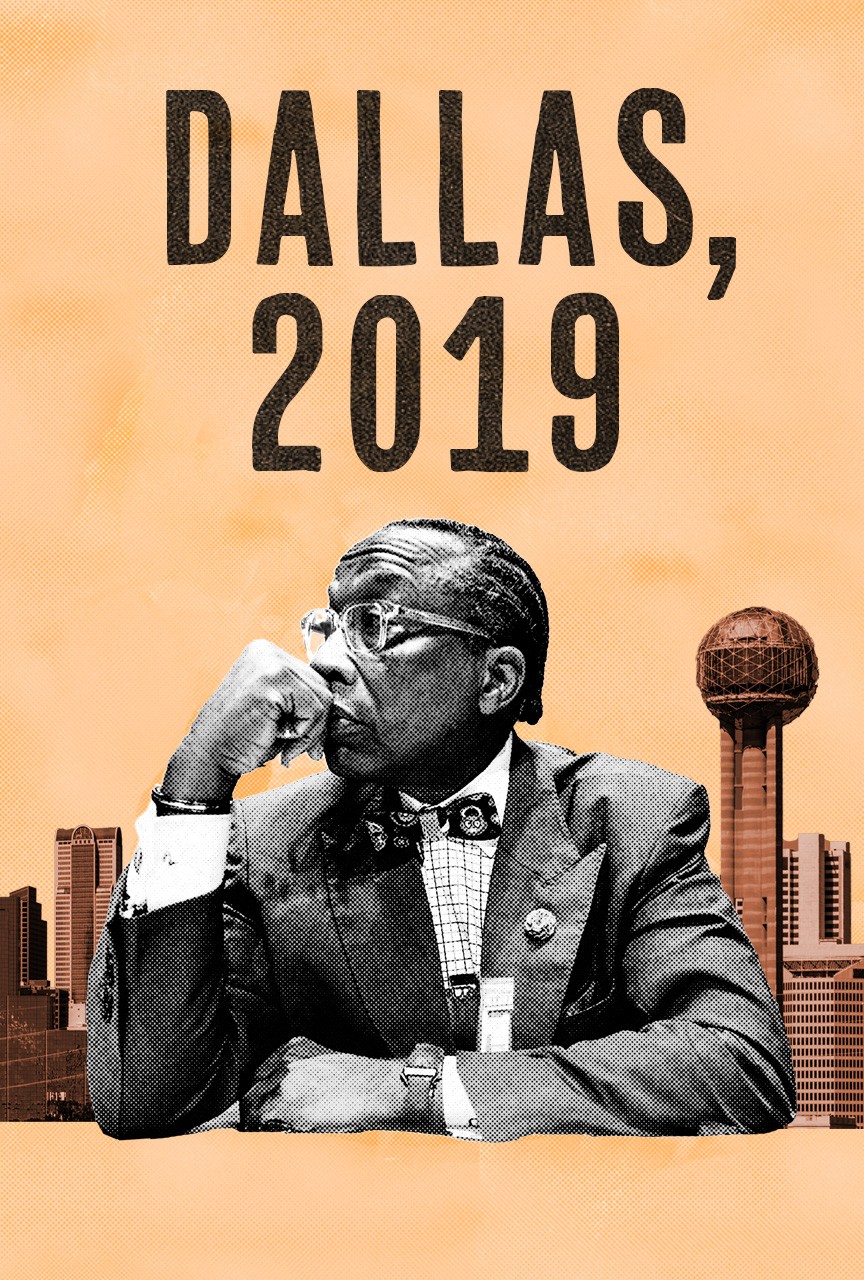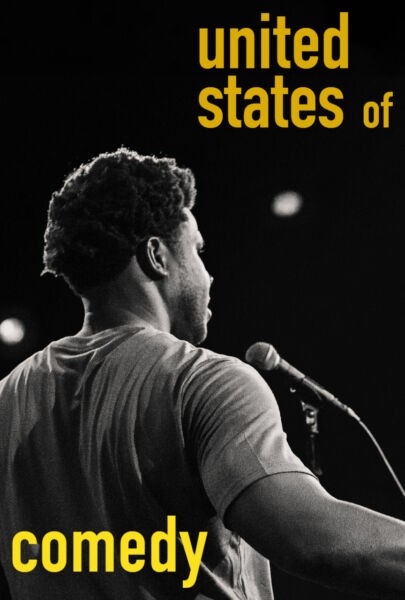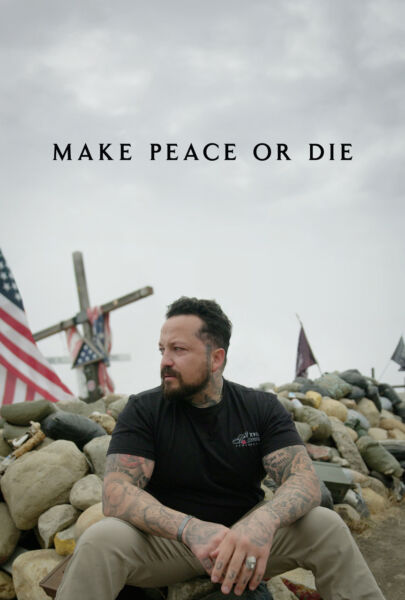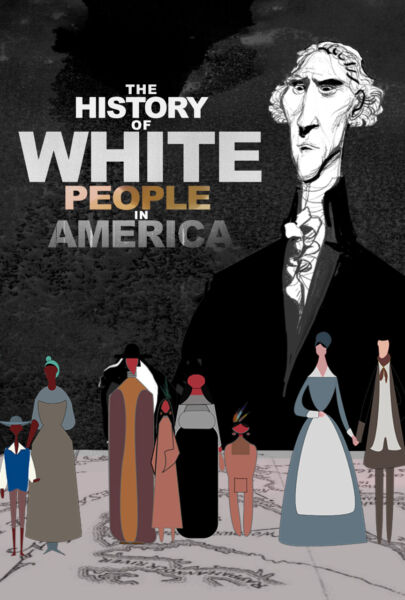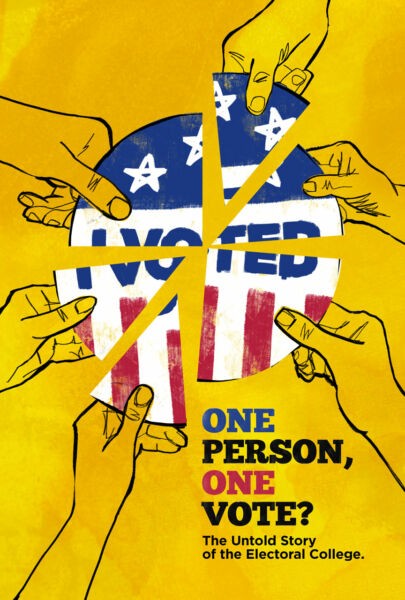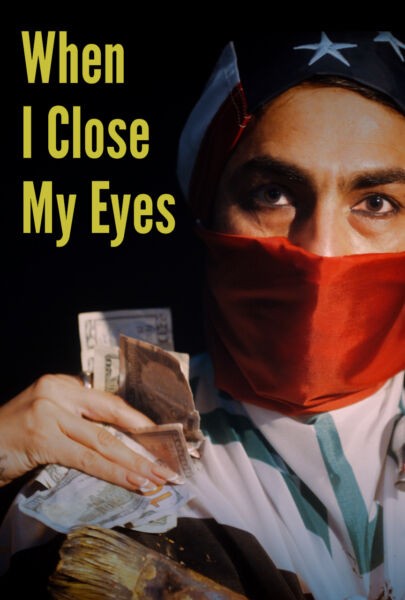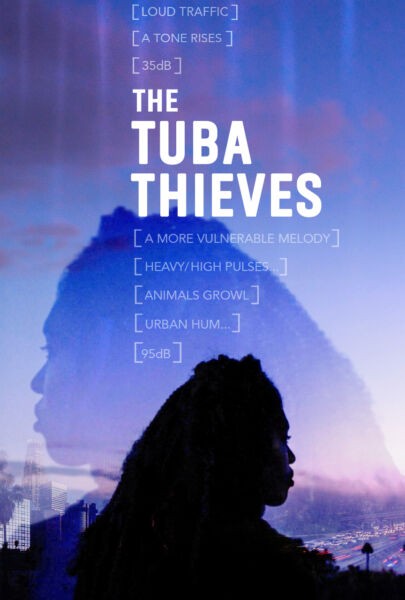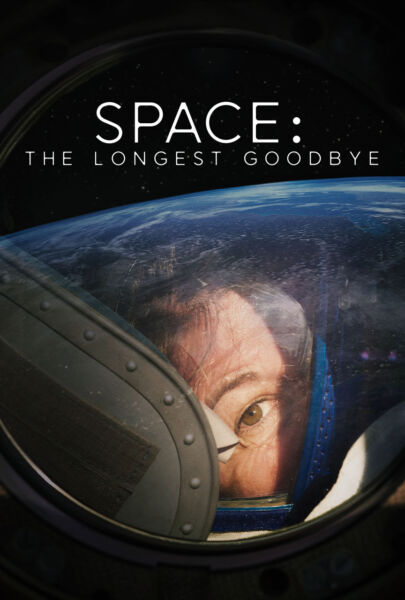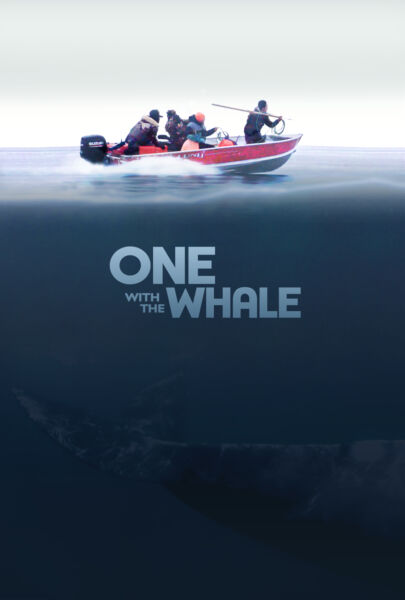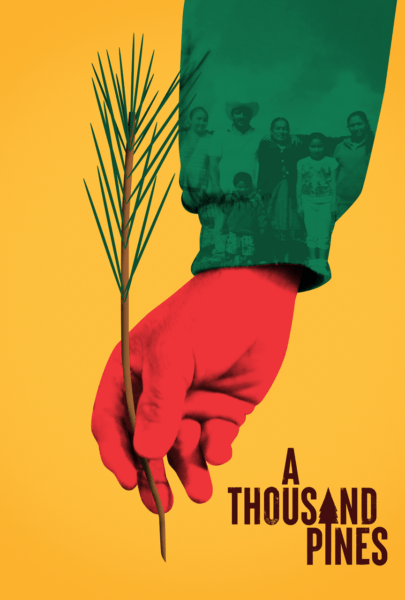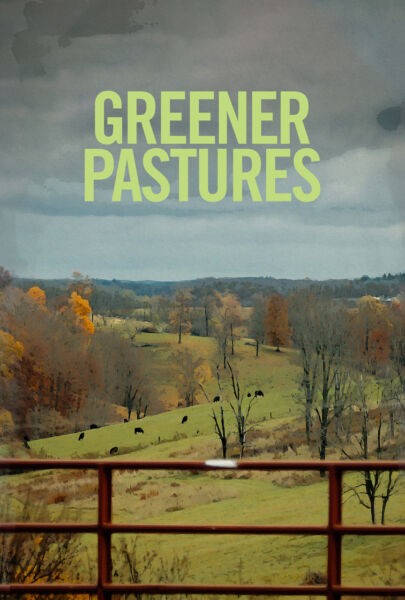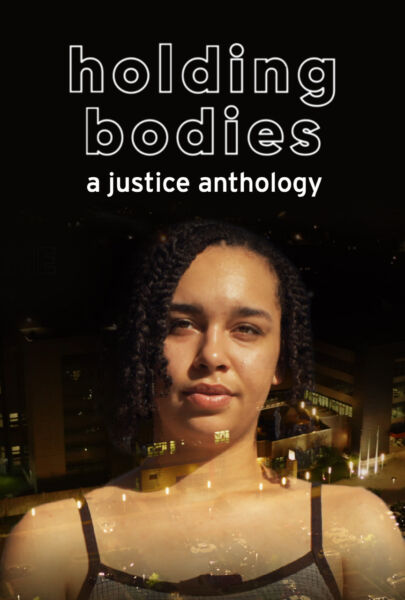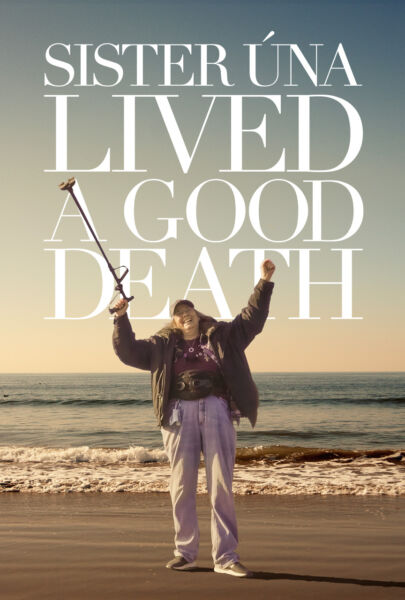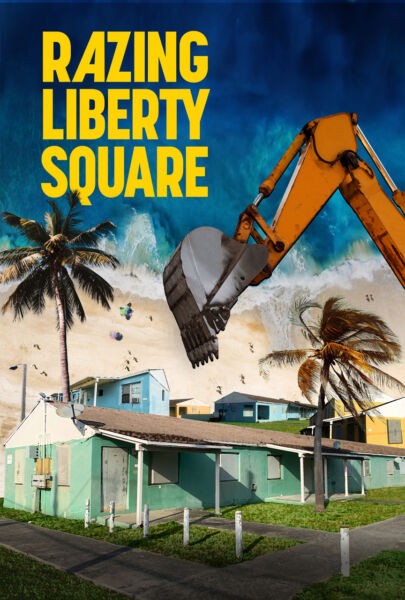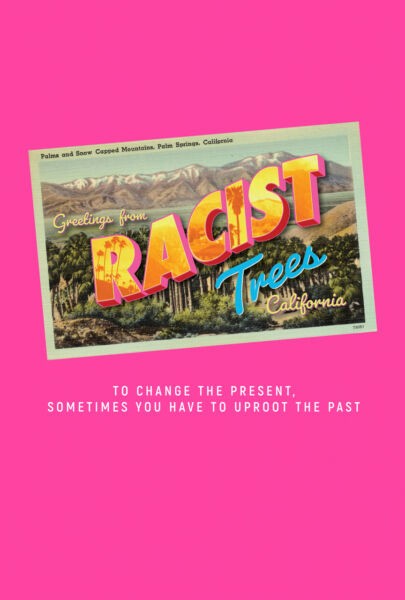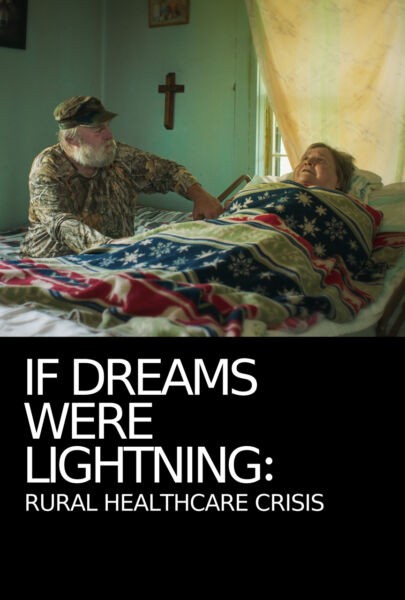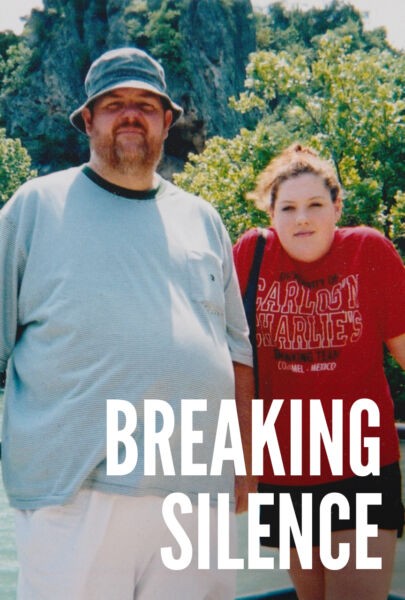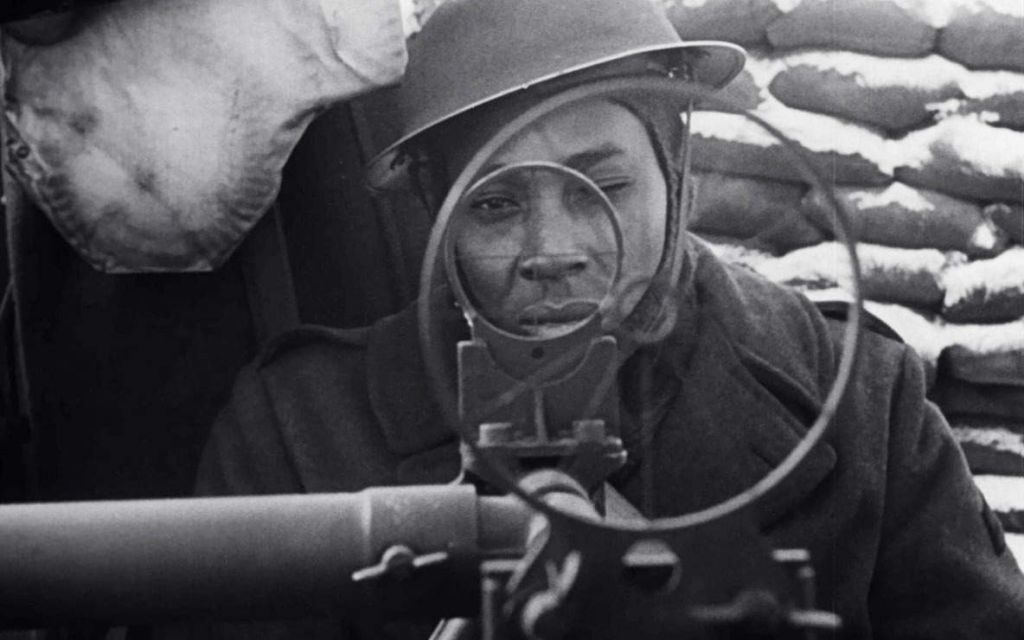
There is no shortage of documentaries on war. The subject fascinates us as history, as sociology, and as drama. Some documentaries chronicle history in great detail, some grapple with the issues and forces behind the conflicts, and some flat-out propagandize. But very few of those documentaries actually engage with the human experience, the sacrifices made, and the lives lost. So for Memorial Day we look at films about the diverse group of men (and in some cases the women) in war—not just why they fight but what they saw, heard, and endured.
The Battle of Midway (1942)
American director John Ford (The Quiet Man, The Searchers) served his country by offering his talents as a filmmaker to the Armed Services. His first assignment was to photograph what turned out to be the first major American victory in the war against Japan. “Yes, this really happened,” informs one of the film’s four narrators during the combat section of the film, but audiences didn’t need to be reminded. The authenticity was evident. One bomb landed so close to the camera that it knocked both Ford and his camera assistant off their feet.
That raw footage, complete with the camera getting bounced around and the film knocked out of the gate, was included in the finished film, which adds to the power of the presentation. Though produced for military audiences, the film was released to civilian theaters. It won the Oscar for Best Documentary in 1943 and gave audiences their first glimpse of actual American servicemen in battle in World War II. It brought the war home the way no film had before.
The Negro Soldier (1944) / Wings for This Man (1945)
Hollywood director Frank Capra produced The Negro Soldier to show African Americans why this was their war, too, and to remind white soldiers and civilians that African Americans were both fellow citizens and soldiers. And he had to fight to get it made; racism was rampant in the U.S. in general and the South in particular and the armed services were still segregated. The film shows black soldiers go through induction and basic training, at rest and play on the army base, even dancing at an all-black USO club.
Wings for This Man (narrated by Ronald Reagan!) profiles the Tuskegee Airmen, the first squadron of African American fighter pilots in the American Air Force, and this more conventional documentary short has the virtue of presenting them to the audience simply as Americans. Neither film shows integrated scenes, yet in an era when African Americans on the big screen were invariably subservient stereotypes or caricatured comic figures, these presented black men with dignity and respect. They are simply Americans answering their country’s call.
The Battle of San Pietro (aka San Pietro) (1945)
John Huston’s powerful portrait of men in war ostensibly documents the battle to take a small Italian village from the occupying German forces. The battle was real, as were the shots of bombed-out ruins and dead soldiers in his film, but Huston arrived long after it had ended. So he restaged the battle in the manner of a front-line combat documentary, and did so with such authenticity that for many years audiences believed it to be genuine battlefield reportage.
Huston provides the ironic narration himself over the record of destruction and loss of life on a single battle. The military chose not to show the film to civilian audiences but new recruits did watch the film to understand the grueling ordeal awaiting them in battle. The film was voted into the National Film Registry in 1991.
Let There Be Light (1946)
Many films celebrate courage and sacrifice and duty. Let There Be Light, also made by John Huston after the end of the war in Europe, chronicles the cost through the experiences of soldiers suffering “psychoneurotic” damage, what today is known as post-traumatic stress disorder (PTSD), receiving treatment at Mason General Hospital on Long Island. It showed how vulnerable humans were to the psychological trauma of war and, just as groundbreaking, it showed black and white soldiers living and working in group therapy sessions together: a portrait of integrated military life at a time when the rest of the military was still segregated. Compassionate, moving, and daring, it was suppressed for 35 years by the military and restored just a few years ago by the National Film Preservation Foundation, which streams it free from its website.
Winter Soldier (1972)
The lone documentary on this list not about World War II, this document of the early seventies anti-war movement celebrates honorably discharged Vietnam veterans who testified in a public event conducted by Vietnam Veterans Against the War in early 1971. Searing and sharp as a knife, the documentary from the Winterfilm Collective focuses on the men and their horror stories without editorializing. When one soldier confesses, “We were never instructed in the Geneva conventions,” the resonance echoes all the way to the present.
But more than simply a case against the war, the film is about men shattered by shame and guilt, driven to confess their complicity in barbarous acts committed in the name of their country. These men served their country in battle, and they considered it their duty to bear witness to what they saw and experienced. What were they fighting for, after all, if not for the right—some might say responsibility—to tell the truth?
The Life and Times of Rosie the Riveter (1980)
When millions of American men left the workforce to fight, American women stepped into their boots to keep the factories and manufacturing plants running. “Rosie the Riveter” was the poster girl in the campaign to convince women that it was their patriotic duty to put on a hardhat and grab a welding torch. Connie Field’s lively, witty documentary challenges the propaganda seen in newsreels, cartoons, and ad campaigns of the era, which were often patronizing and filled with clichés, with the stories of five real-life “Rosies.”
These women describe the realities of racial and sexual discrimination in their workplaces and the campaign to move them back out of the workforce when the men returned home, but they also recall how empowering it was to, for a brief time, prove their capabilities in what was historically a “man’s job.” It was one of the first presentations of American Experience and became a PBS staple during fundraiser drives.

The Rape of Europa (2006)
“What is more important, a work of art or a human life?” asks one man in The Rape of Europa, the story of the team of art historians and other experts who spent the war protecting, securing, and recovering Europe’s cultural treasures. It doesn’t attempt to answer the question but it shows us why the question matters. Their story inspired George Clooney’s The Monuments Men (2016) but this documentary is far more interesting and, curiously enough, more dramatically engaging. It takes on the high drama and difficult moral quandaries of Adolph Hitler’s systematic campaign to plunder the great artworks of Europe and, more chillingly, destroy the modernism he hated and eradicate Jewish and Slavic culture from top to bottom, as if to sweep away all vestiges of the races Hitler deemed inferior. These men fought a very different kind of war but ultimately one no less important.
Going for Broke (2006)
When Imperial Japan bombed Pearl Harbor, America responded by rounding up its own citizens of Japanese ancestry, including those born on American soil. It was an unprecedented act and—as citizens of German or Italian ancestry were not treated the same way—one that laid bare racist attitudes. Yet the young Nisei men who were classified 4C—”enemy alien”—volunteered to serve in what became the most decorated military unit in the war: the 100th Infantry Battalion of the 442nd Regimental Combat Team.
This documentary, introduced by the late Senator Daniel Inouye (a decorated veteran of the unit) and narrated by actor George Takei (who spent the war years in an internment camp), celebrate the accomplishments of the men while confronting the contradictions of their service. Were they sent on the most dangerous missions because they were good fighters or because the military considered them expendable?
The film’s most wrenching irony: this unit of men whose families were imprisoned in America for no other reason than racial heritage liberated the concentration camp Dachau. The film is available on DVD on Amazon, or for free on YouTube via the distributor:
The War (2007)
“The Second World War was fought in thousands of places, too many for any one accounting. This is the story of four American towns and how their citizens experienced that war.” Ken Burns, teaming up with Lynn Novick, takes on the good war and the greatest generation with his trademark approach: history from the perspective of the everyday humans who fought, died, and endured. The broad contours of history are shown through newsreels and photos, home movies and newspaper headlines, and heard through radio broadcasts and period music.
But it’s the words and stories of soldier, sailors, airmen, Marines, POWs (both military and civilian), and citizens toiling and waiting on the home front, that give human dimension to the history. Burns doesn’t shy away from the contradictions of the history—the segregation and racism and unforgivable internment of Japanese Americans in a nation ostensibly fighting for freedom—as he celebrates the sacrifices and achievements of everyone involved in the war effort.


